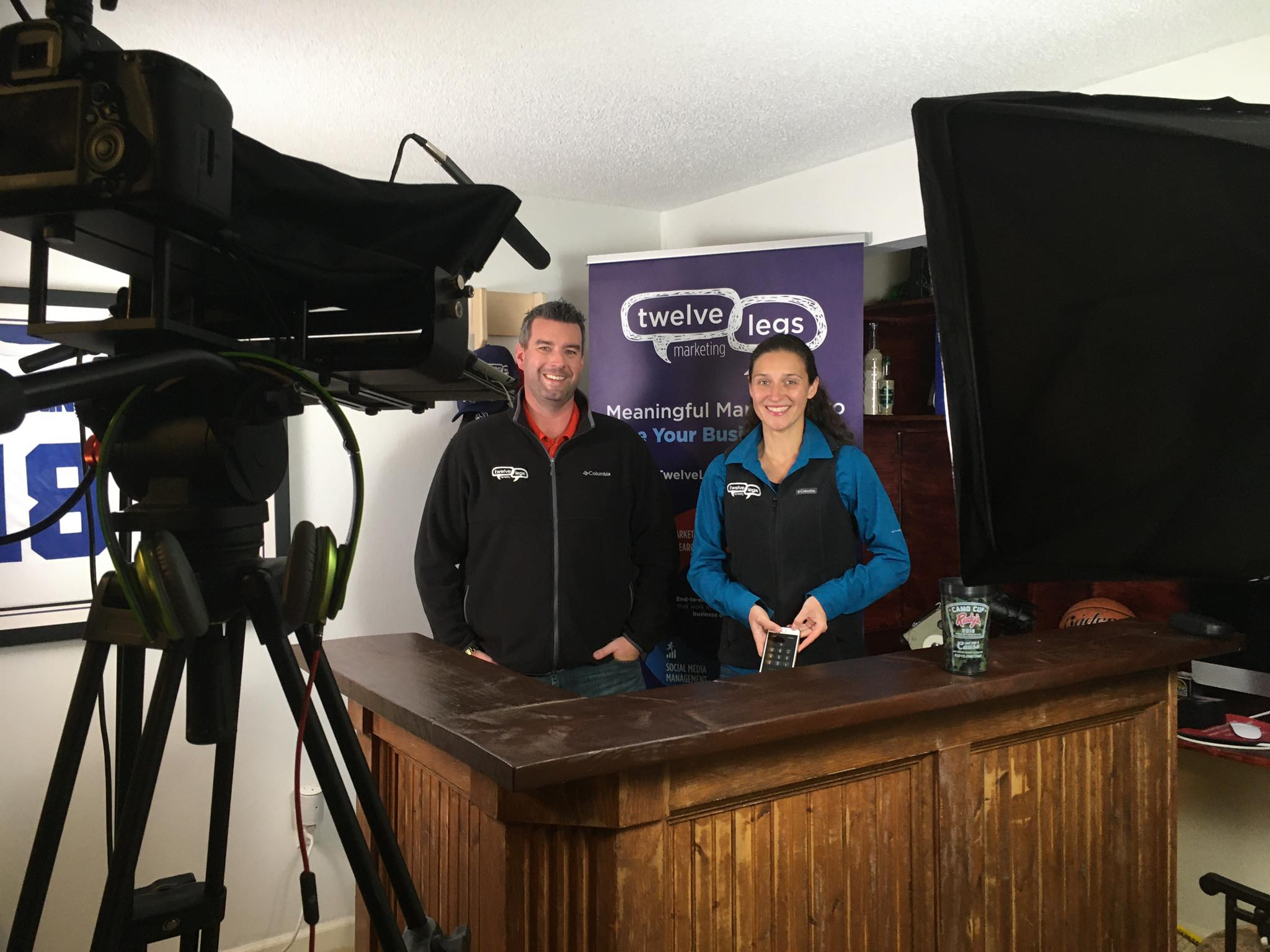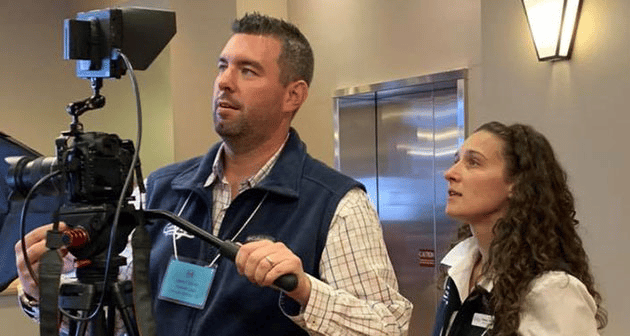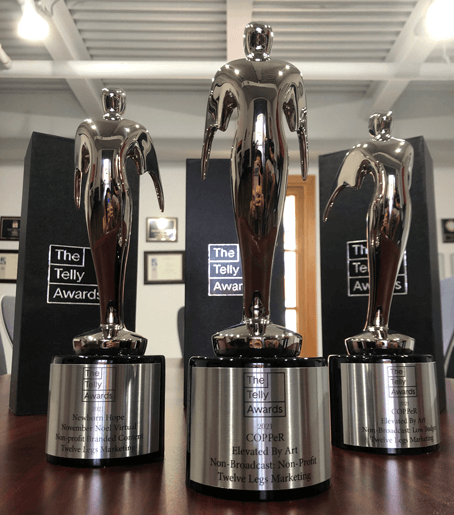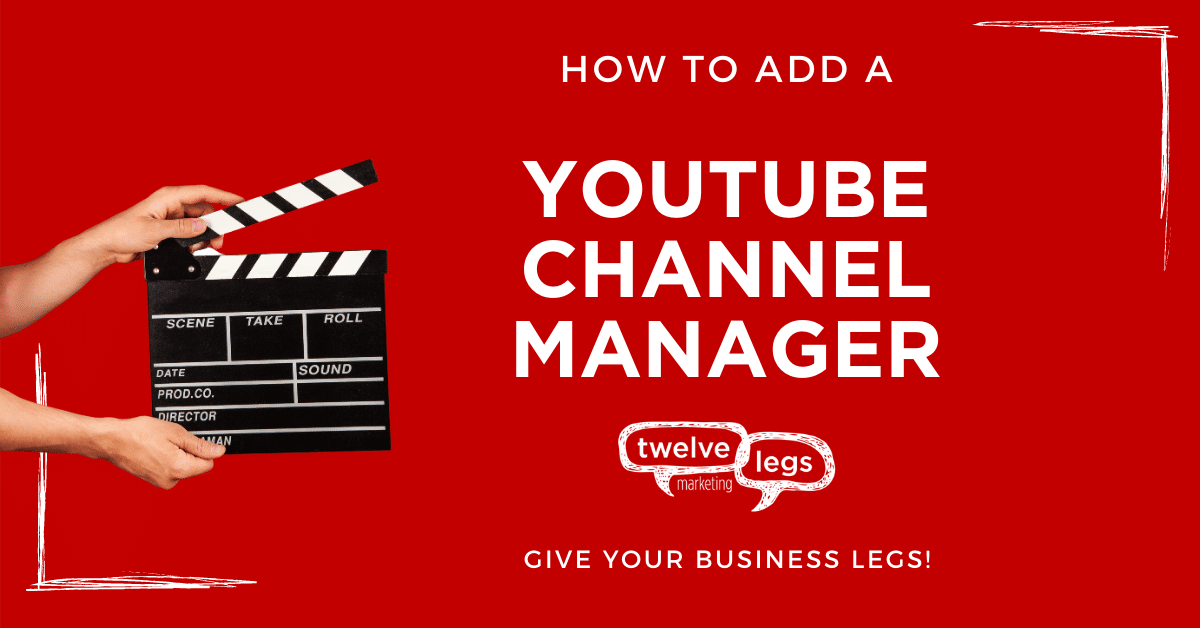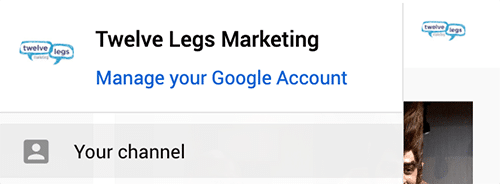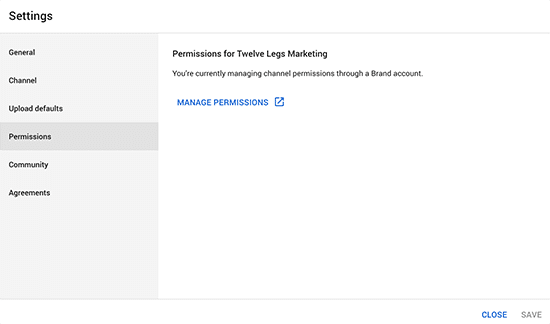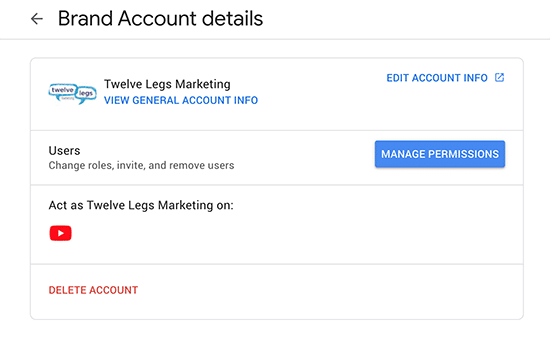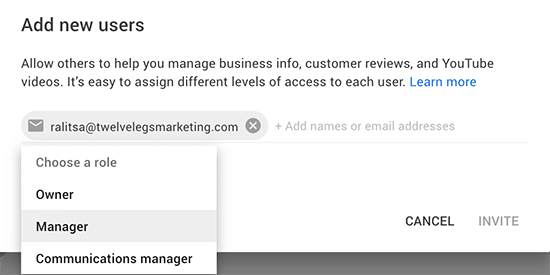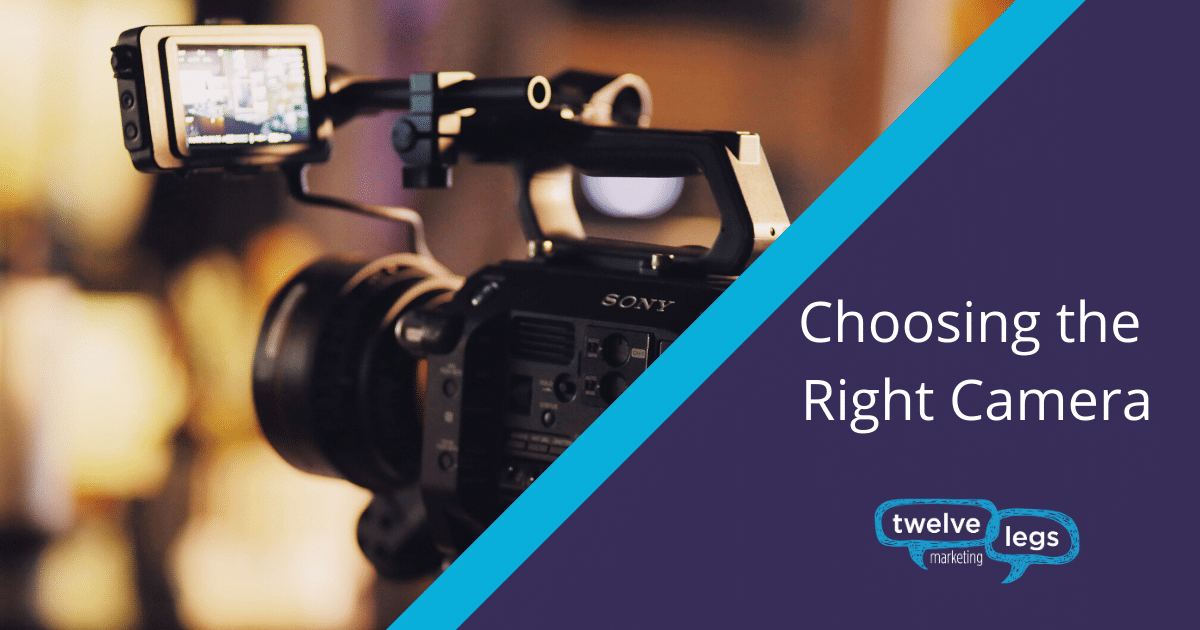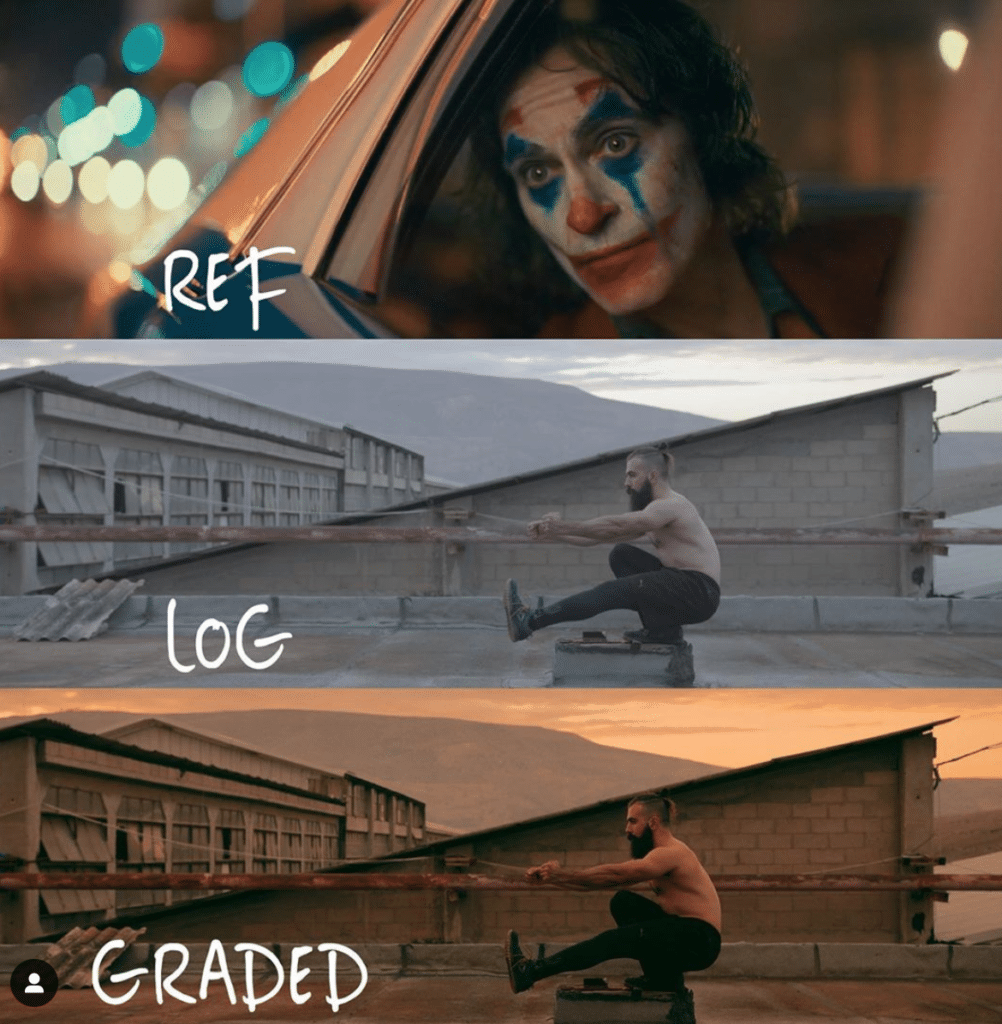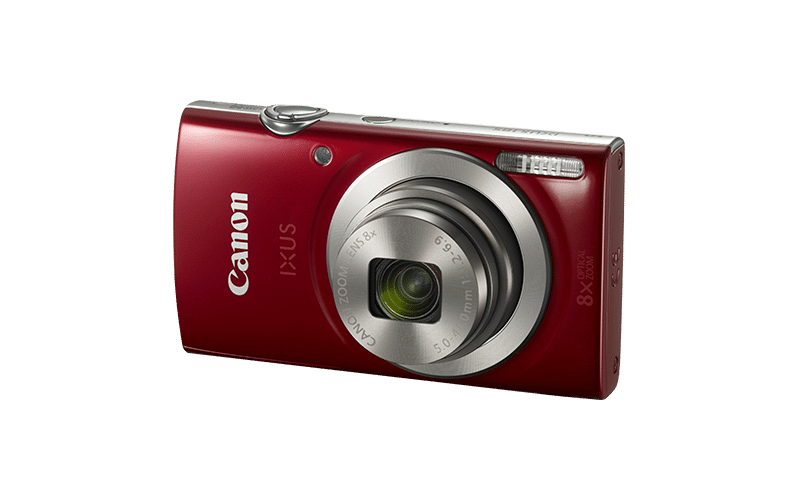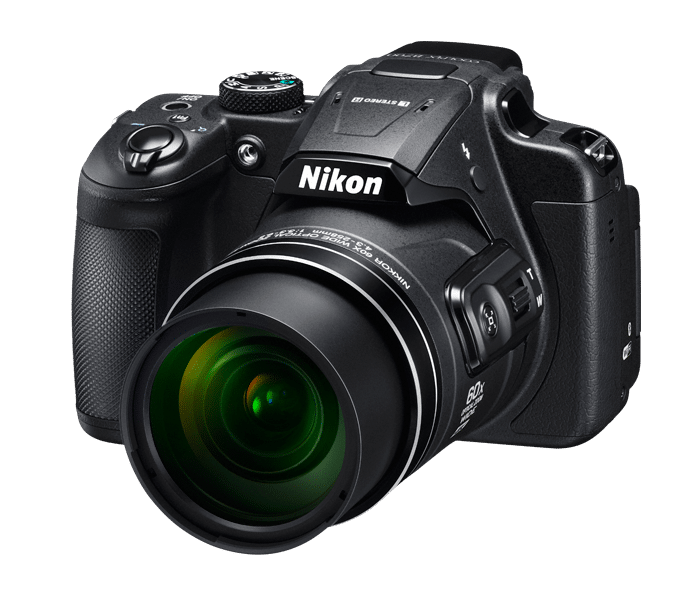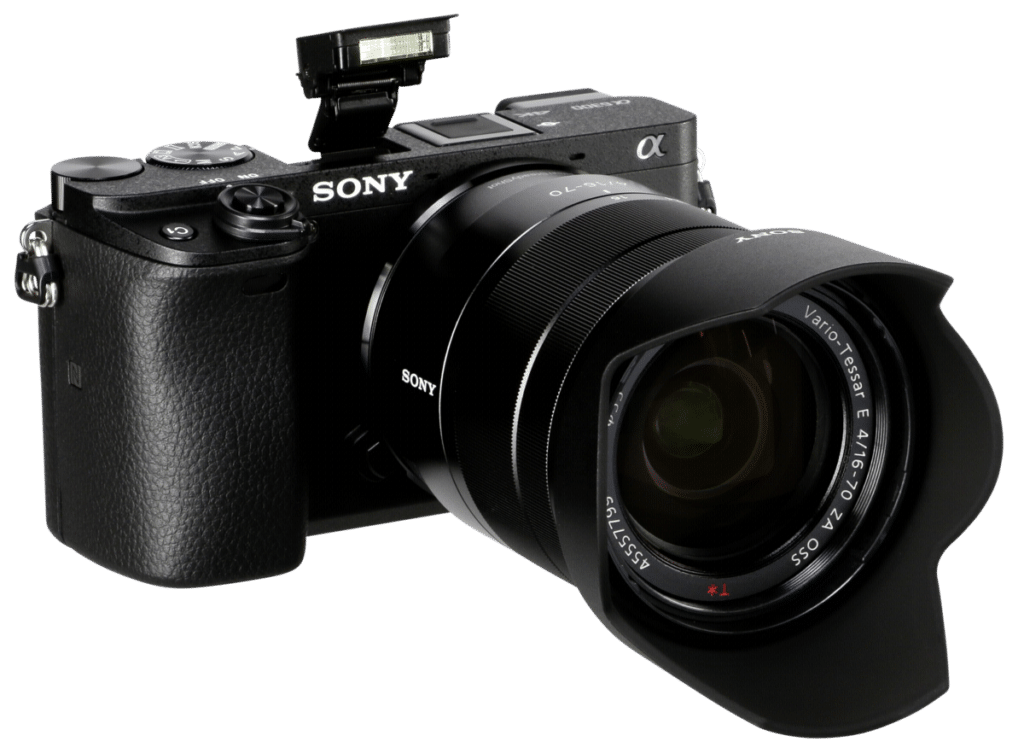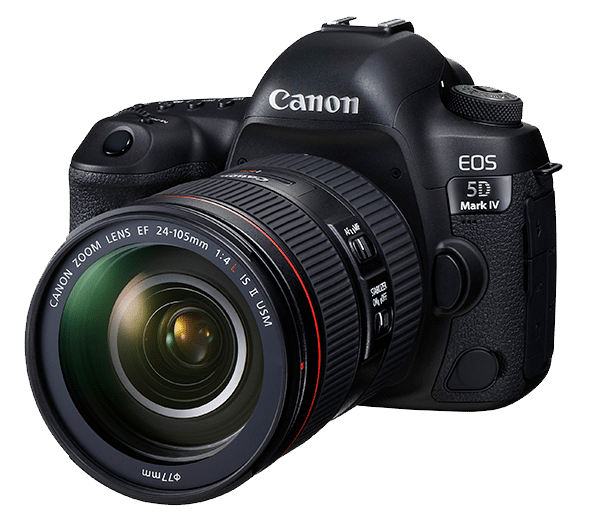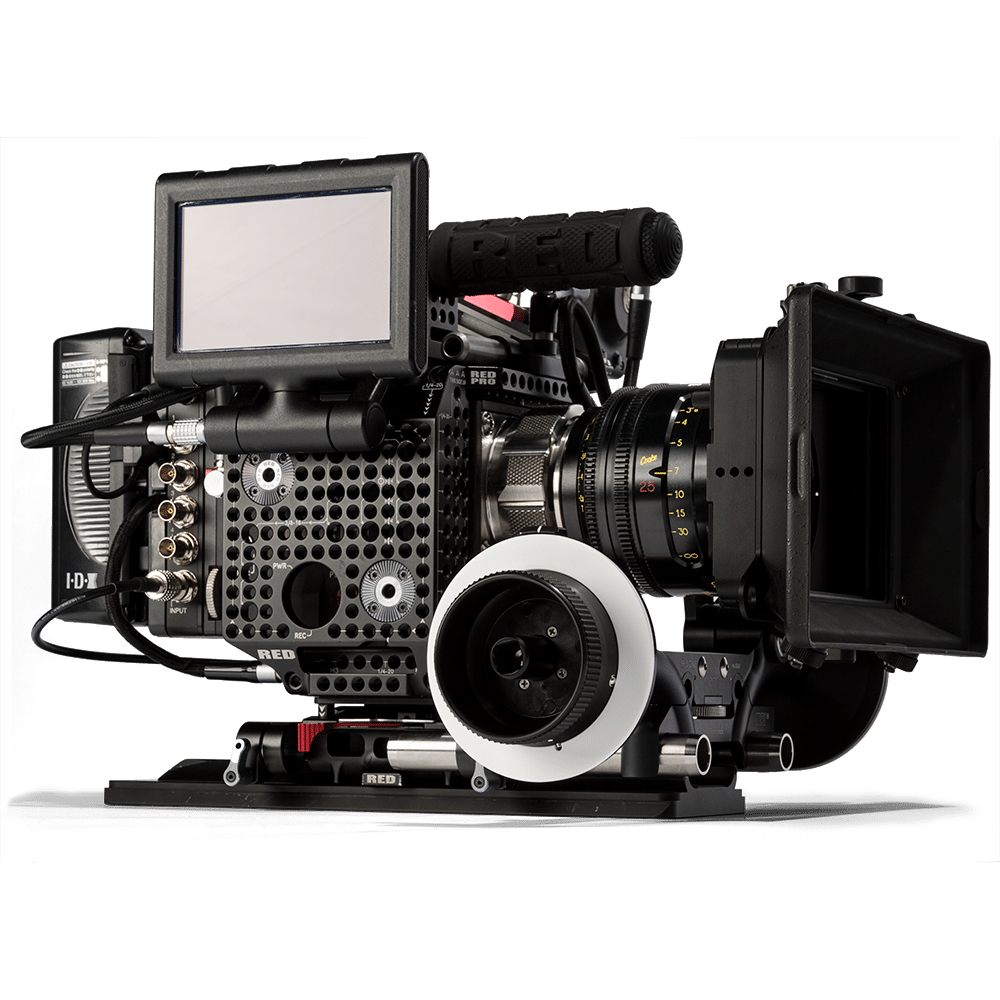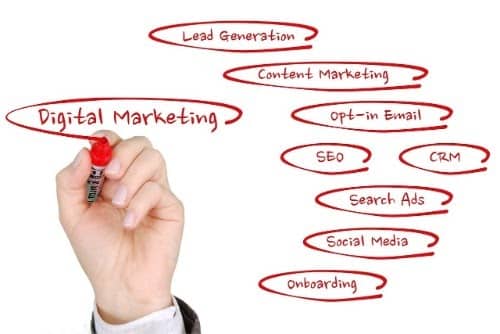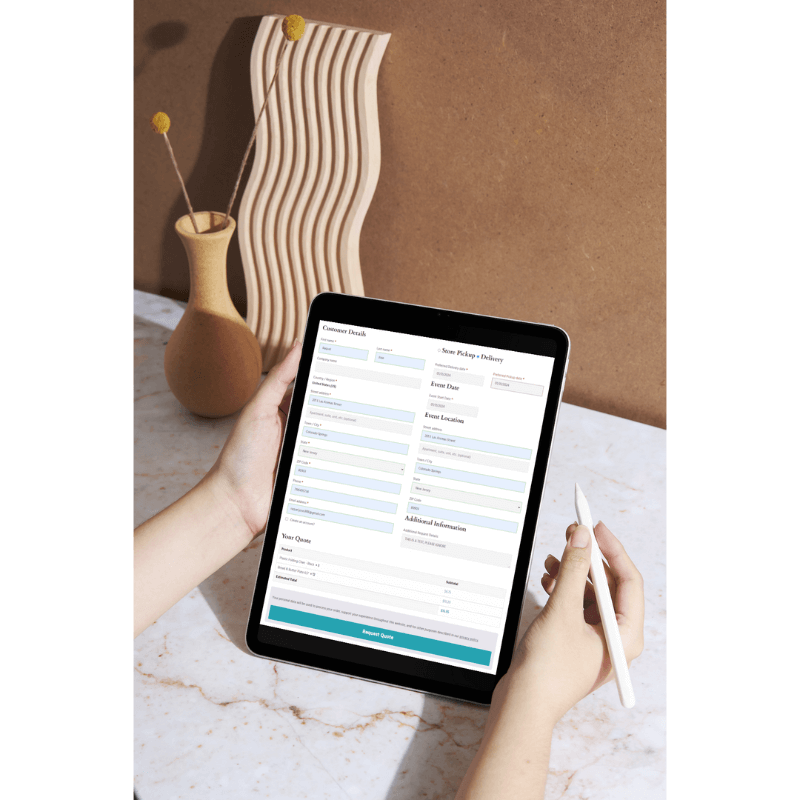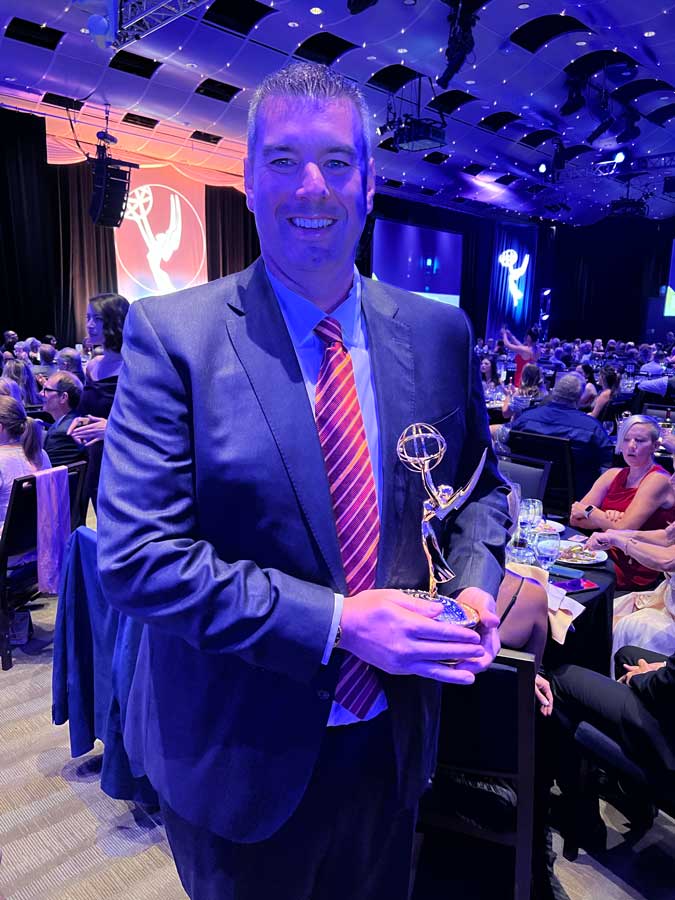0-9 – A – B – C – D – E – F – G – H – I – J – K – L – M – N – O – P – Q – R – S – T – U – V – W – X – Y – Z
0-9 –
4K with resolutions of 3840 x 2160 or 4096 x 2160, it is commonly found in consumer grade video camera and DSLRs.
720p or standard definition has a 1280 x 720 resolution.
1080 or Full-HD is the broadcast standard for consumer television. 1080 is usually followed by an “i” or “p” which stands for interlaced and progressive. Which relates to the way the video is captured.
A –
Adobe Premier or Premier is a computer based editing software produced by Adobe. It is one of the most commonly used editing softwares.
After Effects is another Adobe product that allows an editor to place complicated graphics on videos. It’s a lossless program that produces extremely high quality exports.
Alpha Channel is when an image has a clear background. This allows you to place 1 image over the top of another without blocking the image below.
Aperture commonly referred to as f-stops, determines how much light a lens allows to pass through to a camera’s sensor. This also affects a video’s depth of field.
Aspect Ratio is used to describe the relationship between an images width and height. Common aspect ratios are 4:3, 3:2 or 16:9. Many modern day cameras allow you to switch between several aspect ratios.
Audio for videographers, it is the sound that is captured alongside the moving pictures. This is usually captured in-camera, but can also be obtained via an external recording device.
Autofocus refers to a camera and lens’ ability to keep a moving object in focus.
Auto White Balance or AWB as the name suggests is a function that automatically takes into account the light source in each scene and adjusts accordingly so your video is as close to natural colors as possible.
B –
B-roll is all video captured that is not interviews. For example, video of the product being manufactured or used that you are trying to sell with your video.
Bit is the amount of color information your camera can capture. 8 or 10-bit is common in most consumer cameras, while high-end cinema cameras can capture many more, meaning your video will have a wider range of colors.
Blown Out, or overexposed, is when a part of your scene is unidentifiable. This is commonly seen when conducting an interview with the subjects back towards the sun. Either the person will be a shadow, or the background will be completely white in order to see the interviewee’s face.
C –
Card Reader or Writer is a device that allows you to transfer data from your camera to your computer in order to complete the editing phase of a project.
Close-up is a classification for a shot where a person’s face – or object – completely fills the screen.
Codec is the file format for recording video files. Common codecs include H.264, MJPEG and AVCHD.
Compression is the process of reducing the size of a digital file. Compression allows you to store more files on memory cards or hard drives.
Cold Shoe is usually located on the top of DSLR cameras. Unlike a hot-shoe it does not supply power to accessories. If the accessory needs power – like a flash or monitor – you will need an external source such as a battery back or power chord to operate.
Color Correction is the act of making sure the video looks exactly as the human eye would see the scene in the real world. For example, you want to make sure all of the grass is green and the clouds are white. This is usually done before the color grading process.
Color Grading is when you add a color to your footage in hopes of portraying a certain mood. For example, a sad scene may have a blue tint across the screen, or a happy moment can be more yellow or orange.
Color Temperature is affected by your light source. Measured in degrees Kelvin. This is counterbalanced by a camera’s white balance. Natural light (sunlight) usually measures between 5600K and 6400K, while artificial light (indoor lighting) usually measures between 2800K and 3500K.
D –
Depth of Field (DOF) is the measurement of how much of the background and foreground area before and beyond your subject is in focus.
Dolly is when you physically move the camera forward or backwards in relation to the subject. Also refers to a piece of equipment that allows you to make these types of moves smoothly.
DSLR (Digital Single Lens Reflex) is the most common consumer camera. Popular models include Canon Rebel series and Nikon D series.
Dynamic Range is the range of brightness reproduced in an image.
E –
Electronic Viewfinder or EVF is an accessory that enables the camera user to replicate the video of view without having to look through the eye piece.
Export the process of combining all aspects of a project, including the originals, edits, motion graphics, text, etc into one shareable file.
F –
F-Stop, otherwise known as aperture, is one of many functions that control the amount of light a camera lets pass through to the image sensor.
Field Monitor an external monitor that is usually connected through a HDMI cable in order to allow non-camera operators to view the scene.
File Format is the way an image is saved to a camera’s memory. MP4, MOV and JPEG are common types of formats.
Final Cut Pro is a MAC based video editing software. Very commonly used in the video editing world.
Follow Focus is a divide that helps a camera operator to finely adjust the focus of a lens. More commonly used when filming with a DSLR.
G –
Gamma is the color spectrum curve that is displayed on a computer.
Gain also known as ISO. Higher gain levels result in more brightness and contrast in an image.
H –
Hand-held when video or photos are shot without the aid of a stabilizer, such as a gimbal or tripod.
Histogram shows the relationship between a scene’s highlights, midtones and shadows.
Hot Shoe is usually located on the top of DSLR cameras, it’s a live connection that allows power to be supplied to an accessory. On-camera flash and microphones are common items used with a hot-shoe.
I –
Image Stabilization relates to a camera’s ability to internally stabilize a camera’s image. This tactic is commonly used then filming hand held – or without the use of a tripod.
ISO (International Organization for Standardization) rates a sensor’s speed and sensitivity to light. A lower ISO is used during less lit situations, like daytime outside. Higher ISO is used when less light is available, like at night. Impressions measure the amount of times your ad was seen by a person/loaded on a page.
J –
JPEG (Joint Photographic Experts Group) a compression method used for still images. Allows a photographer to capture more photos on the same amount of hard drive space.
K –
Kilobyte written kB, is a metric used when referring to file size.
L –
Lithium-Ion is a type of battery. Commonly used in most digital cameras and other electronics.
Lower third is a graphic that is placed in the editing process to help identify what is on-screen. Common use is during an interview the lower third will contain the person’s name as well as their title or relationship to the story being told.
M –
Macro lens is a specialty lens that allows you to capture small objects – like insects or rings – and make them appear life size.
Megapixel is used to describe the size of a camera’s sensor. The more MP, the more data your camera captures with each frame.
Memory is the amount of storage available on a device. Whether a memory card in your camera or the hard drive in your computer, the amount of memory is defined in Giga-bytes or Tera-bytes.
Memory Card a small portable version of a computer’s hard drive. These allow you to capture images and video with your camera.
N –
Noise a term you would prefer not to hear when working with digital images. It is the addition of artificial noise to your image. Noise becomes common when boosting a camera’s ISO or gain in order to see the subject in a scene.
Noise Reduction is the process of removing noise from your image. Preferably done on site and in-camera, but can be achieved with modern day computer editing software.
O –
Overexposure in video production means that there is too much light in a scene. The most common time you see this is when a background appears purely white or unrecognizable.
P –
Pan a camera movement in which the camera moves horizontally across the same plane from left to right or right to left.
Pedestal similar to a tilt movement, but you are physically moving the camera up and down along the same vertical plane.
Pixel the smallest unit of data captured by your camera. Most DSLR’s contain at least 10 Mega-pixels or 10,000,000. The more mega-pixels your camera has, the larger you can increase the size of a scene without losing quality.
Pixelization is the over enlargement of a photo to where you can see the individual pixels within a photo.
PNG (Portable Network Graphics) a higher-resolution version of an image than a JPEG, a PNG also allows you to add alpha channels to an image.
Post Production or Post is all of the work that comes after film day. This includes the editing, audio sweetening, color correction, color grading, graphic production and more.
Q –
R –
Rack Focus when the focus of the camera is changed from one location in the scene to another. For example, the focus starts on the actor’s face, but then adjusts its focus to behind the actor so you can see the mob running after him.
Raw Files are the highest possible resolutions available in professional cameras. This type of file allows for a lot of freedom in the editing process, but the files sizes are significantly larger due to the extra information they have stored within them.
Red-Eye is when a subject’s eye appears red. This is most commonly found when using a flash while taking a photo.
Red-Eye Reduction is the process of removing the red-eye look on a subject. Many modern cameras have a red-eye setting to help with this.
Resolution relates to the image details. The higher the resolution – or more megapixels – a camera has, the higher the resolution.
Rig is a support system for cameras that are not meant to be used without a tripod. You commonly see DSLR cameras being used on a rig – which contains things like monitors, follow-focus and zoom controls – to help hold all of the accessories.
S –
Saturation is the amount of color found in an image. Scenes that are undersaturated appear black and white, while oversaturation makes the scenes appear unnatural.
SD Card (Secure Digital) a compact hard drive that fits in more digital cameras and allows the user to capture multiple photos and videos and transfer them easily to a computer.
Shot List is a list of shots the videographer would like to capture during the filming process. The use of these shots are usually outlined in the storyboard.
Shutter controls the amount of time light is allowed to come in contact with a camera’s sensor. A faster shutter speed allows you to “freeze” the action (common when filming sports). A slower shutter speed allows more action to take place. This is where you start to see blur in images.
Sound bite is a short audio clip that is used in the video. This can be portrayed as a customer testimonial or by an employee talking about their experience working for the company.
Storyboard is a rough drawing of how the video producer sees the final product looking. This is by no means meant to be written in stone, but it helps give direction and make sure all stakeholder’s creative vision is on the same page.
T –
Telephoto lens is a type of lens that has a longer focal length. Great for use when capturing wildlife of sports, when being right next to your subject isn’t always possible.
Thumbnails are smaller representations of digital files. Often used when looking at an image on a digital camera’s LCD screen.
Tilt is when the camera moves vertically, up or down or down to up. It can be used to reveal a skyline or show the relationship between something very tall and very short.
Time-Lapse is a method of capturing several images over a certain period of time. Those images are then edited together to form a video of the time period’s events.
Tripod is an accessory that helps you balance a camera in order to keep your image still.
Truck is similar to a pan, only you are physically moving the camera from left to right or right to left, as opposed staying in one spot and then rotation around the camera.
U –
Underexposure results in not enough light coming into the camera leaving the scene too dark.
V –
Viewfinder the screen on most cameras that allow you to see what the lens sees. Most DSLR cameras have a viewfinder that is either fixed or rotating.
Voiceover is audio that is covered by either b-roll of graphics, so the person is heard but not seen.
W –
Watermark an image or icon that helps identify the creator of a piece.
White Balance is the process of aligning the cameras setting to ensure your image is produced in a natural looking color. If the white balance is set incorrectly, an image could appear blue or yellow.
Wide Angle is a type of lens that allows you to capture more of each scene. Accompanied with a shorter focal length, wide angle lenses are great for panoramic or scenic shots.
X –
Y –
Z –
Zoom the act of being able to bring the subject closer in frame without having to physically move the camera or lens closer.
